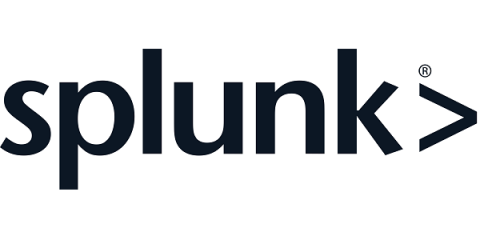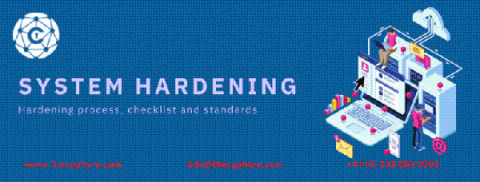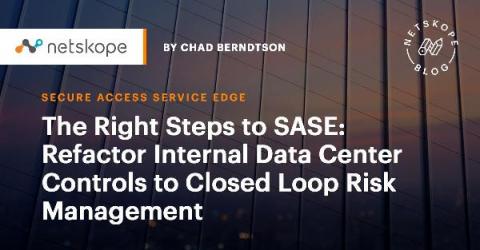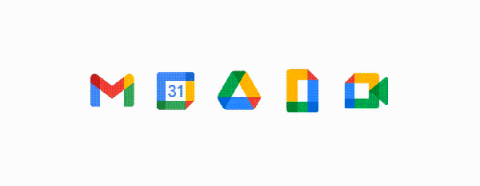Cybersecurity Challenges in the Construction Industry
Digital transformation is at the heart of every industry. There are no longer any industries that are immune to the rapid adoption of this movement. When we think of the construction industry, we may think back to an image of ironworkers sitting over a city and enjoying a lunch break on a construction beam. However, rapid digitalization has transformed the construction industry and will continue to drive change and encourage innovation.










